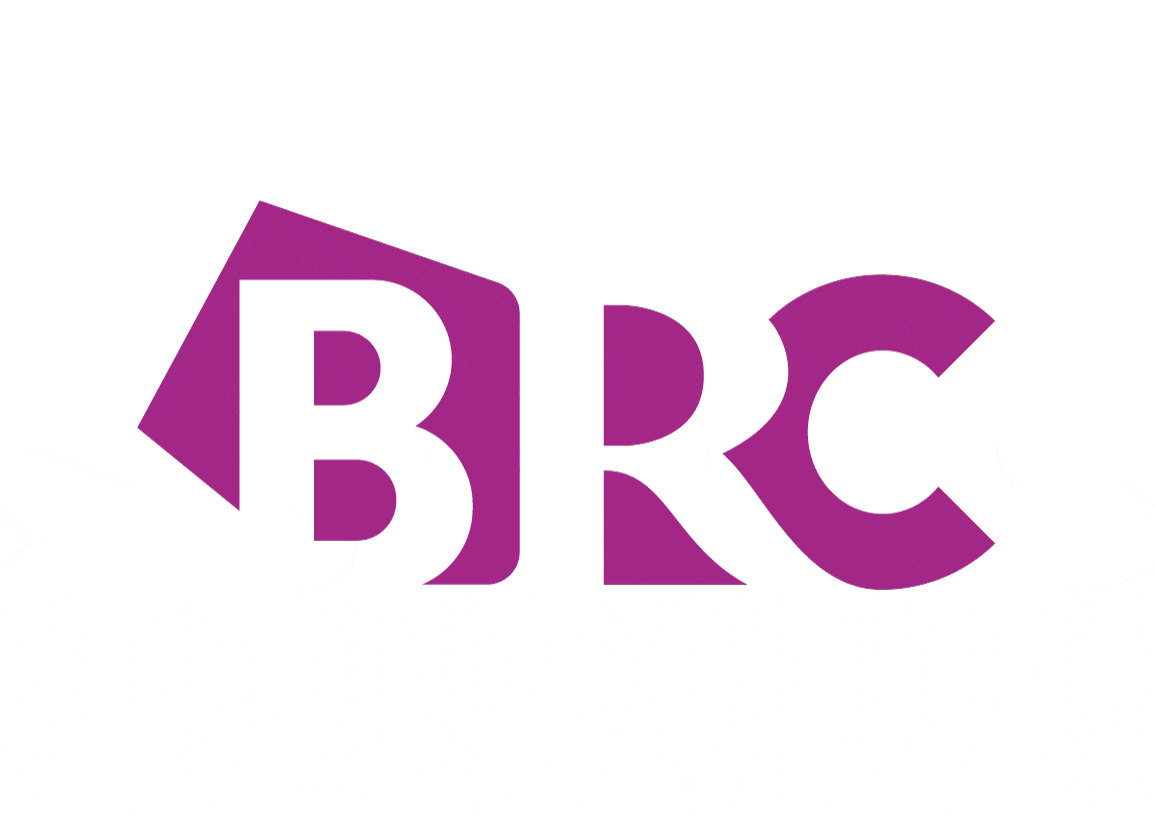Profiting from Weather by Using Demand Analytics

Published in the British Retail Consortium’s (BRC) Spring 2020 issue of The Retailer
by: David Frieberg, VP of Marketing, Planalytics
REDUCING LOST SALES, WASTE & MARKDOWNS ARE SOME OF THE BENEFITS RETAILERS CAN CAPTURE BY ADJUSTING INVENTORIES TO ACCOUNT FOR WEATHER-BASED SHIFTS IN PURCHASING.
Given the external blows the industry has had to endure of late, retailers must look to optimise operations now more than ever. Companies need to squeeze out avoidable costs without sacrificing product availability or customer satisfaction. Identifying processes that can be significantly improved in the near term and provide quick financial returns is critical.
Utilising weather analytics to optimise inventories is the next place for retailers to focus. The weather conditions outside influence purchase decisions on a daily basis. And, since the weather is always changing, retailers must navigate fluctuating demand for many seasonal, consumable, including perishable, or need-based items. Incorporating weather-driven demand analytics into demand forecasting or replenishment processes keeps store inventories better aligned with changing consumer demand.
Below are some examples of how retailers can profit with weather-driven demand analytics.
BALANCING AVAILABILITY AND WASTE IN FRESH GROCERY
Like all retailers, supermarkets can use weather analytics to increase sales by reducing out-of-stocks. But given the amount of short shelf life perishable products in their stores, grocers have to pay additional attention to balancing availability with waste. Improving replenishment of fresh categories – where about 5% of total sales are lost to waste – can generate millions of pounds in cost savings annually for leading chains.
Companies can typically decrease waste by 10-25% in fruit and vegetables and 20-35% in fresh meats with weather-informed replenishment forecasts. This is accomplished by adjusting store-level inventories down ahead of periods when unfavourable weather will decrease demand. This is a huge area of opportunity for food retailers since most replenishment systems rely heavily on historical trends and/or the most recent sales volumes. Weather is too fickle for that approach to work reliably. Think about the times a “picture perfect” barbeque weekend is followed by a “washout” the next weekend and how the items on shoppers’ lists are likely to differ in the days preceding each.
Applying weather-driven demand adjustments to fresh replenishment enables companies to curtail waste when demand falls off and, conversely, increase inventories to meet spikes in demand during more favourable weather periods to avoid out-of-stocks.
MINIMISING MARKDOWNS ON SEASONAL PRODUCTS
For non-food retailers (fashion, sporting goods, department stores, DIY, etc.) optimising inventories with weather analytics can help limit margin-eroding markdowns. Retailers incorporating weather-driven demand insights can expect to improve gross margin by 90 to 120 basis points. Decreasing markdowns and adding to the bottom line is achieved by factoring in weather impacts in two ways.
First, companies need to account for the weather bias embedded in past sales performance before planning the next season or year. Failing to correct for when favourable conditions exaggerated sales or unfavourable conditions deflated sales adds significant error to plans as retailers unintentionally “chase” a sales environment that is unlikely to materialise. This often leads to excess inventory – which will need to be marked down – in markets where demand fails to meet the weather-inflated levels of the prior year.
A second chance to proactively manage markdowns presents itself during the trading season when a retailer could use expected weather impacts to either delay markdowns for a period of time or reduce the depth of markdowns (e.g. 30% off instead of 50% off). In this scenario, retailers use in-season weather insights that incorporate near-term meteorological forecasts to identify where the weather will support demand at higher prices.
INCREASE WORKING CAPITAL THROUGH “DEWEATHERISATION”
Waste and markdown savings are financial benefits that retailers would secure year-after-year. Bringing weather-driven demand analytics into the business also provides a one-time working capital gain.
“Deweatherisation” is the process of identifying, quantifying, and correcting the weather noise or volatility in historical sales. This process generates a significant first year saving as a result of initial inventory realignment or clean-up. This one-time inventory reduction produces working capital by reducing the total inventory in the retailer’s system via improved forecast accuracy and optimised safety stocks.
The balance sheet improvement can be measured by looking at working capital improvement as a percent of cash and cash equivalents. The benefit varies depending on retail segment. For grocery, a 3-5% increase in working capital relative to cash is a common range. For DIY/home improvement and general merchandise chains gains of 20% or more can often be achieved.
The examples above highlight a few of the ways that weather analytics can enhance profit for retailers. Optimising inventories with data-driven weather metrics can extract major cost savings starting in just a few months. On the revenue side of the equation, the inventory optimisation minimises out-of-stocks and this improvement in availability can increase a retailer’s total topline up to 2%.
At Planalytics, our experience with leading retailers has resulted in planning accuracy gains of 20% or more in certain product categories. These accuracy improvements drive measurable and repeatable cost savings.
Best of all, retailers do not have to wait 6-12 months or longer to begin using weather-driven demand analytics and capturing the financial benefits. Planalytics can provide weather impact models across a retailer’s entire range in less than two months. Weatherdriven demand metrics (unit volumes or percentages) can immediately be used for exception-based adjustments or quickly integrated into existing software solutions.
For more information, go to www.planalytics.com.
